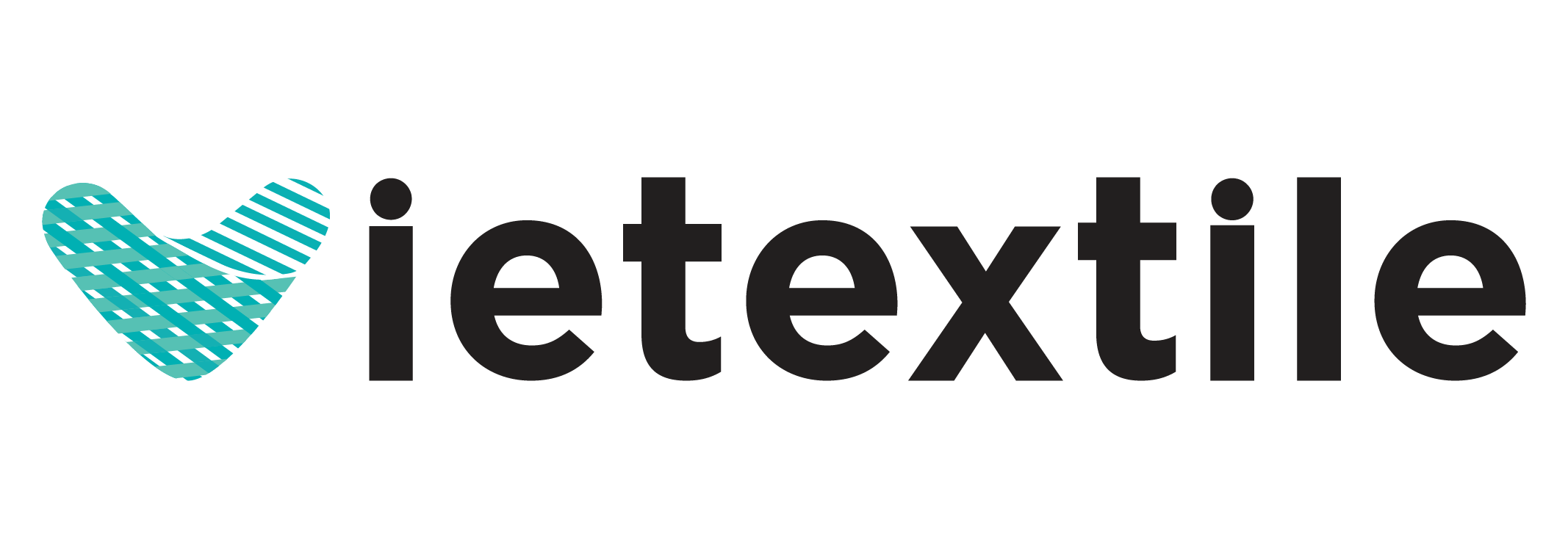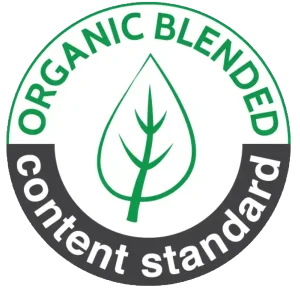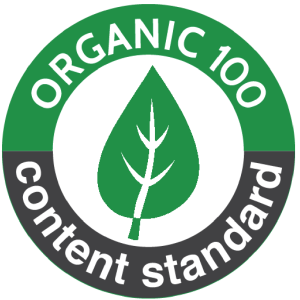The content of this article will help you understand the modern polyester dyeing process, including both traditional steps and advanced technologies like supercritical CO2 dyeing and waterless dyeing. These are solutions that the global textile industry is focusing on to move towards sustainable development, minimize environmental impact, and enhance brand value for businesses.

1. Introduction: Why Is Eco-Friendly Polyester Dyeing Necessary?
Nội dung tóm tắt
TogglePolyester is one of the most widely used synthetic fibers in the global textile industry. However, the traditional polyester dyeing process consumes a lot of water, chemicals, and energy, generating a large amount of harmful wastewater that pollutes the environment.
In the context of climate change and resource crises, the shift to eco-friendly polyester dyeing processes is not only an inevitable trend but also an urgent requirement for sustainable development.
2. Overview of the Traditional Polyester Dyeing Process
To understand the new trends, it is first necessary to grasp the traditional polyester dyeing process that many factories still apply today.
Polyester fabric has a smooth and non-absorbent surface, so dyeing requires high temperatures and pressure to open the fiber structure. The typical polyester dyeing process includes the following steps:
- Step 1: Fabric pre-treatment Cleaning oils, dirt, and impurities clinging to the surface of polyester fibers to help the fabric absorb dye better and increase colorfastness.
- Step 2: High-temperature dyeing The dyeing process takes place in a high-pressure machine, at about 130°C, to open the fiber structure and allow the dye to penetrate deeply.
- Step 3: Washing – rinsing – color fixing Using chemicals to stabilize the color, then rinsing off the excess dye to ensure the fabric does not fade during use.
Disadvantages: Consumes a lot of water (about 125–150 liters/kg of fabric), uses non-biodegradable chemicals, and generates a large amount of greenhouse gas emissions.
3. Eco-Friendly Trends in the Polyester Dyeing Process

As the textile industry moves toward sustainable development, many new technologies in the polyester dyeing process have emerged to minimize environmental impact.
3.1. Supercritical CO2 Dyeing
This technology uses CO2 in a supercritical state (having properties of both a gas and a liquid) to replace water as the dyeing solvent.
Key advantages of supercritical CO2 dyeing technology:
- No water usage: This technology completely eliminates the need for water in the dyeing process, which means no wastewater is generated to pollute the environment.
- No detergents or fixatives needed: The dyeing process does not require the use of auxiliary chemicals such as detergents or color fixatives, thereby reducing the amount of toxic chemicals released into the environment.
- CO2 reuse: The CO2 gas is recovered and reused in a closed cycle, significantly reducing greenhouse gas emissions into the external environment.
Disadvantage: High equipment investment cost, primarily applied on a large industrial scale.
3.2. Cationic Polyester Dyeing
This method uses special cationic dyes that can dye polyester at lower temperatures (below 100°C).
Key advantages of cationic dyeing:
- Energy savings: The dyeing process takes place at a lower temperature (below 100°C), significantly reducing electricity consumption compared to traditional dyeing.
- Reduced dyeing aids: The use of cationic dyes helps the fabric absorb color better, minimizing the use of additional dyeing aids, which contributes to reducing environmental pollution.
- Effective color control: It is easy to control the uniformity and shade of color during the dyeing process, making it especially suitable for products that require subtle colors, such as high-end fashion.
This method is suitable for small and medium-sized operations, or for fashion products that require precise color control.
3.3. Waterless Dyeing Using Ultrasonic or Laser Technology
This technology is still in the experimental and improvement phase, but it promises to:
- Perform dyeing without soaking the fabric in a solution bath.
- Use ultrasonic waves or a laser beam to introduce the dye into the fabric fibers.
Benefits: Extremely water-efficient, eco-friendly, and reduces air and water pollution.
4. Benefits of Adopting Green Dyeing Technology

Improving the polyester dyeing process in an eco-friendly direction brings many practical benefits for both businesses and consumers.
- Reduced wastewater treatment costs: Green dyeing technologies like supercritical CO2 dyeing or waterless dyeing eliminate or significantly reduce the amount of wastewater generated, thereby easing the burden on the water treatment system and saving operational costs.
- Compliance with export standards: Many markets, such as Europe and the US, are tightening environmental regulations. Using eco-friendly dyeing technology helps businesses easily overcome technical barriers and increases their opportunities to access large orders.
- Enhanced brand image: Businesses that adopt green dyeing are often more highly regarded by consumers for their social responsibility. This is especially important with the trend of consumers prioritizing sustainable and health-safe products.
- Creation of a competitive advantage: Being a pioneer in technological innovation and adopting eco-friendly processes helps businesses stand out in a competitive market, and also expands their cooperation network and long-term investment opportunities.
5. Challenges and Future Directions
To effectively apply an eco-friendly polyester dyeing process, businesses must face several important challenges:
- High initial investment cost: Implementing eco-friendly dyeing technologies like supercritical CO2 dyeing or waterless dyeing requires modern machinery systems and a large initial investment cost—making it difficult for many small and medium-sized businesses.
- Lack of specialized technical personnel: New technologies require a team of technicians with specialized knowledge of equipment operation, process control, and quality evaluation. However, the number of highly skilled personnel in this field in Vietnam is still limited.
- Lack of coordination and support from the industry ecosystem: The transition to green dyeing technology requires close coordination between businesses, research institutes, state management agencies, and international organizations. However, current support policies are not synchronized, and cooperation programs are still fragmented and not strong enough to promote the transition for the entire industry.
However, with the trend of sustainable consumption and the requirements for ESG (Environmental, Social, and Governance), textile businesses are forced to invest in an eco-friendly polyester dyeing process to survive and develop long-term.
6. Conclusion
Overall, transitioning to a green polyester dyeing process is not only the right choice but also a long-term strategic one for the textile industry.
The future of the textile industry will no longer be associated with the image of “pollution” if we start to change today. Innovating the polyester dyeing process not only protects the planet but also opens up opportunities for sustainable development and enhances the competitiveness of Vietnamese businesses.
Refer to more useful internal articles from Viettextile:
7. Contact for Eco-Friendly Polyester Dyeing Process Consultation
Do you need support regarding the eco-friendly polyester dyeing process, choosing the right dyeing technology, cationic dyes, or technical advice? Do you need support regarding choosing the right dyeing technology, cationic dyes, or technical advice?
- Email: info@vietextile.com
- Hotline: 0901 809 309
- Website: https://vietextile.com










